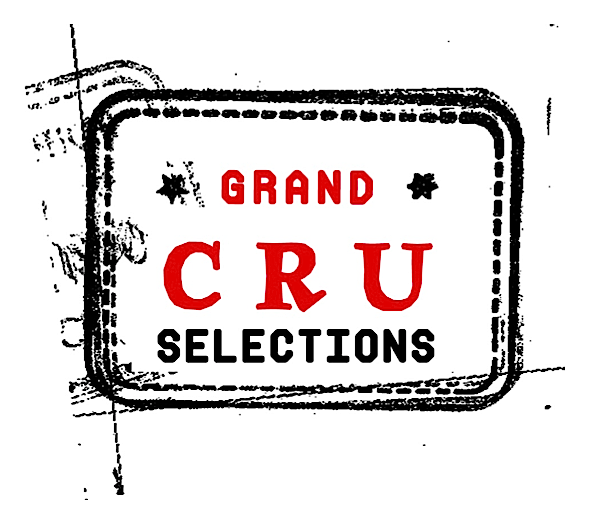Le Pianelle
Brusnengo, Bramaterra, Alto Piemonte, Italy
Le Pianelle came to life with its first vintage in 2010: a “meritocracy”‘ of strong individuals, each the best in their field, on a mission to produce wines of character and quality in Alto Piemonte. In addition to founders Dieter Heuskel and Peter Dipoli, enologist Cristiano Garella’s style sings here, where the wines are transparent and full of their native character. Today Le Pianelle spans 5 hectares of vineyards with headquarters in Brusnengo, the “capital” of the beloved Bramaterra DOC. The project is not about heritage or proprietorship but about expressing a common good and promoting the terroir of this region.
-
Le Pianelle began thanks to the friendship between Dieter Heuskel (a Swiss businessman) and Peter Dipoli (a prominent winemaker from Alto Adige). Together they purchased an abandoned vineyard in Bramaterra in 2004, and thus began the search for parcels that would allow them to expand both their practice and vision. Dieter Heuskel first traveled to Piedmont in 1986 and was immediately fascinated by this land, its wines and its producers. Dipoli, his friend and mentor, proudly accompanied him in the journey of seeking out the right place and plots to begin making wine. Whiz kid Cristiano Garella came into the mix early on, as did Andrea Zanetta, a 15-year veteran of the team at Nervi, who oversees the farming in the vineyards.
-
The soils are composed of granite, quartz, and iron left behind from the retreat of the Mount Rosa glacier at the end of the last Ice Age. Further erosion of the Alps and the granite infused sands were moved by the Sesia river. Ghemme is mostly composed of alluvial soils but has one large plateau above the river where the soils are more firm and are a mix of hard clay and mineral rocks of iron and quartz.
-
Though Le Pianelle remains uncertified, all of the vineyards are farmed organically. Andrea Zanetta, celebrated for his work as an enologist and agronomist at Nervi for 15 years, oversees much of the work in the vineyards. Since many of the vines were replanted in 2007-2008, they are only now coming into their prime. Pruning remains a key element to Le Pianelle’s success and is studied carefully each year in accordance with the climate/weather.
-
In 2016, with some experience at his back, Cristiano sought to look closer at the difference in tannin structure between the two main vineyard sites and in pursuit of elegance, they decided to vinify the vineyards separately; a change in direction from which they would never look back. Today all grapes are harvested by hand, with each variety and vineyard being processed individually. In 2018, stem inclusion was brought into the mix, first at a low percentage but always considering the vintage. All yeasts for fermentation are native, and long maceration is frequently employed. Aging takes place in a combination of used barriques and large Stockinger oak barrels with some use of French oak for one of the wines.
Wines
BRAMATERRA
80% Nebbiolo, 10% Vespolina, 10% Croatina is the composition for this flagship red wine. Stem inclusion depends on the vintage. Maceration and fermentation take place in open Grenier oak vats, followed by an 18-month maturation period in a combination of used barrique barrels and large Stockinger oak barrels. The Bramaterra is aged in the bottle at least 18 months before being released to the market.
AL FORTE
Named for the road the winery sits along, Al Forte is 100% Bramaterra DOC that is declassified to Costa della Sesia Rosso on the day of the bottling. The percentage of Croatina is slightly higher in respect to Bramaterra. Al Forte comes from vineyards with more iron-rich clay, lending a darker fruit tone and deeper mineral component. Al Forte is aged in French oak followed by roughly 12 months in bottle.
AL POSTO DEI FIORI Costa della Sesia Rosato
In Cristiano Garella’s view the whites of Alto Piemonte are insignificant, and thus came the inspiration by the likes of Château Pradeaux to make a rosato using 90% Nebbiolo and 10% Vespolina and Croatina. The wine is made by a combination of equal parts direct to press and a quick skin contact at cold temperatures for three hours. The wine is then fermented in both barrels and stainless steel, with no rush to be released to the market.

